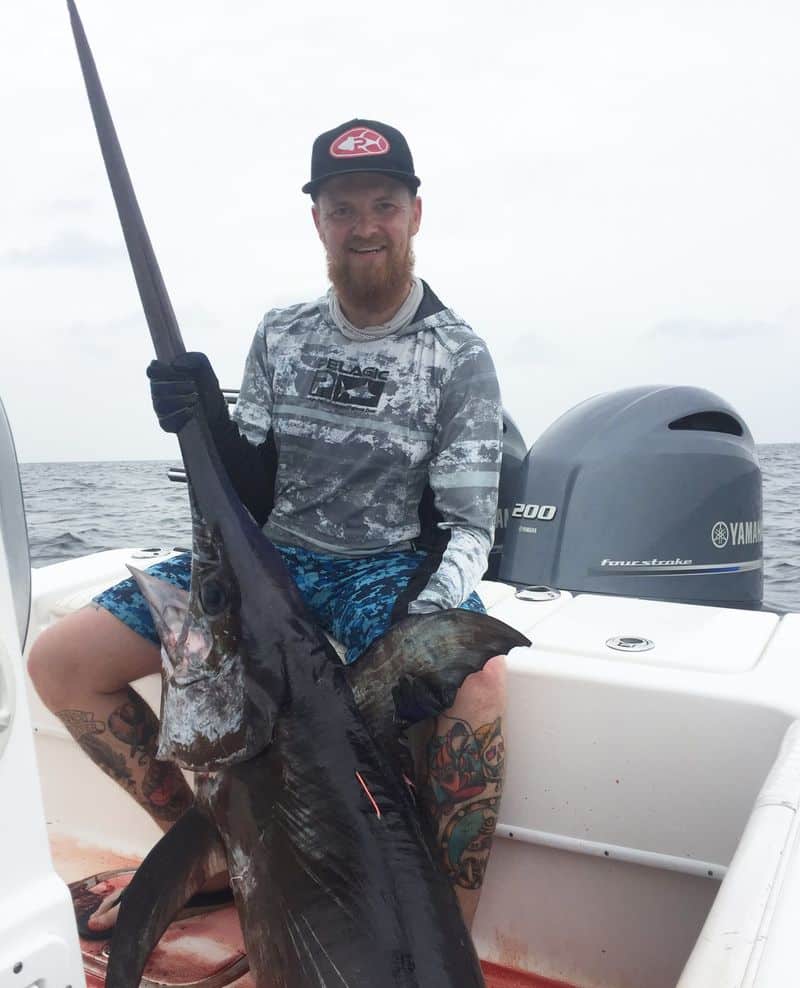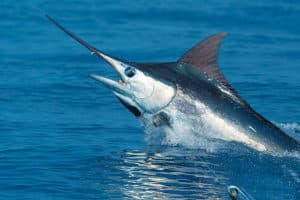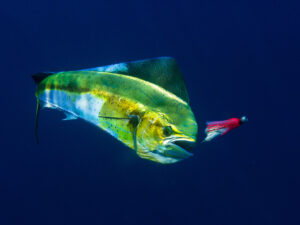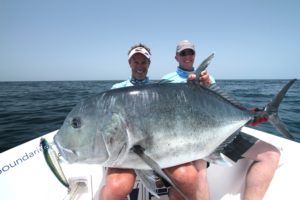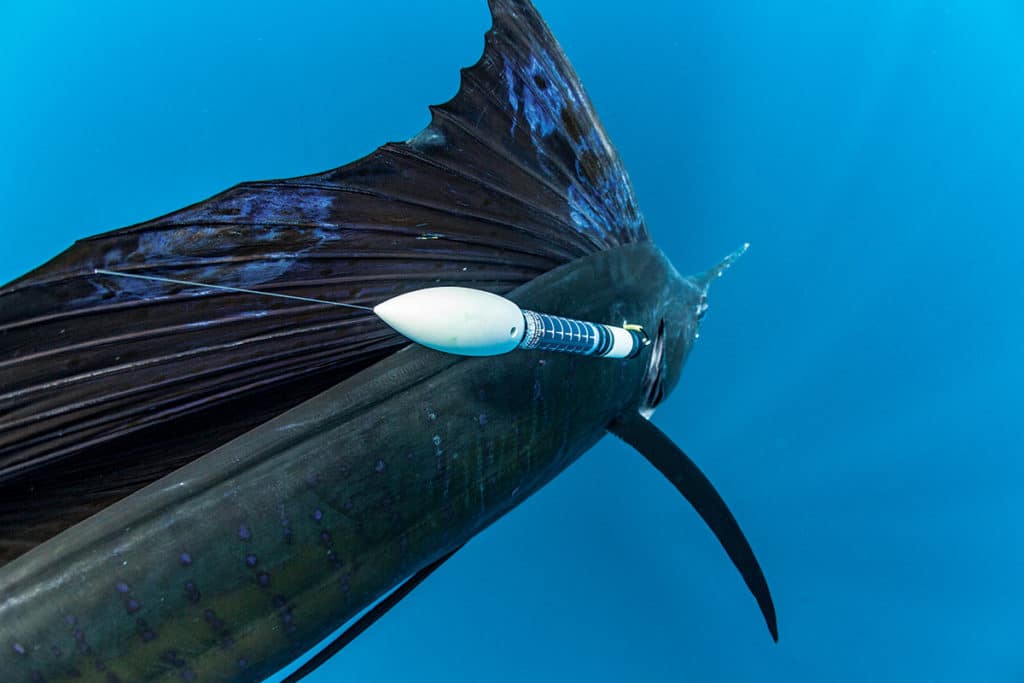
Anglers are fundamentally curious people, especially when it comes to the fish they pursue. Sit at a bar with another rabid angler for long enough, and questions such as “I wonder where such-and-such species goes during the winter” or “How far can such-and-such type of fish travel in a given period of time?” will likely pop up. And if you’re enough of a fish geek to have gone to the trouble of looking up this information, you’ve probably come to realize that a lot of what we know about fish behavior comes from the practice of tagging and releasing them.
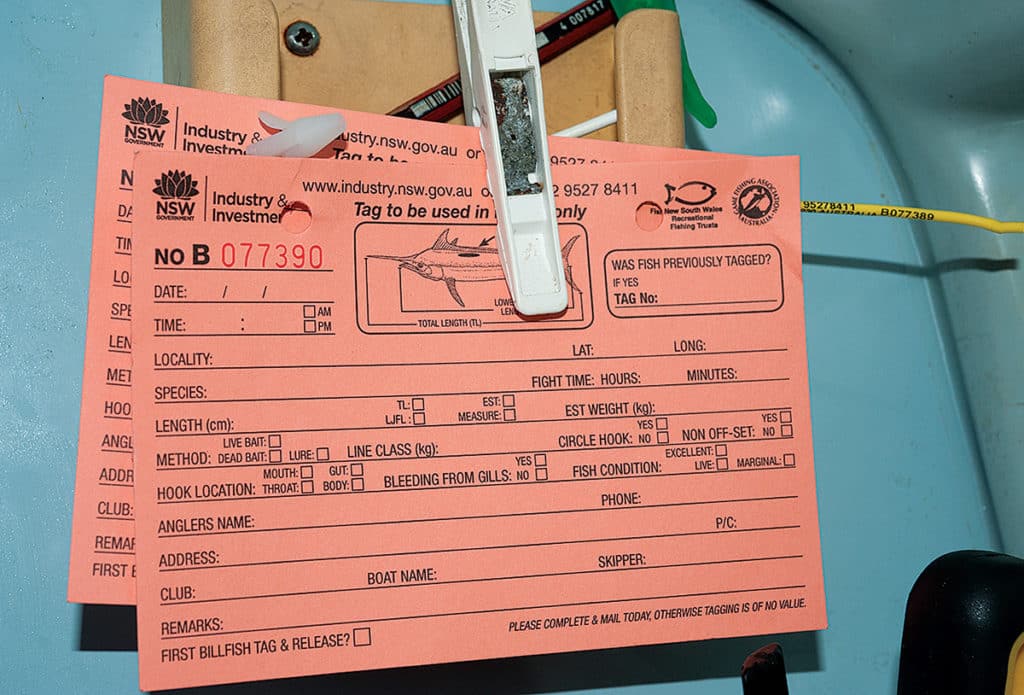
People have been deliberately marking or tagging fish for centuries. In his seminal book The Compleat Angler, published in 1653, Izaak Walton described how anglers would tie ribbons to the tails of Atlantic salmon. Supposedly, this practice provided some of the first empirical evidence that salmon eventually returned to the very stream in which they were spawned. Tagging really gathered steam in the 1800s, when it was primarily focused on other salmon species, but it wasn’t long before anglers and scientists were marking fish or affixing some manner of tags to species ranging from herring to bluefin tuna. By the mid-1940s, the science of tagging fish had become a bona fide method of studying fish.
Over the years, tagging has been employed to address a variety of biological and ecological quandaries, such as delineating nursery areas and estimating growth rates, survival and relative abundance. Tag methodology has also evolved considerably through time. Modern scientists are no longer relegated to the use of the simple conventional tags of days past (although those tags still have utility); now they have an amazing array of tagging technology at their disposal that allows us to learn more than ever.
Conventional Tags
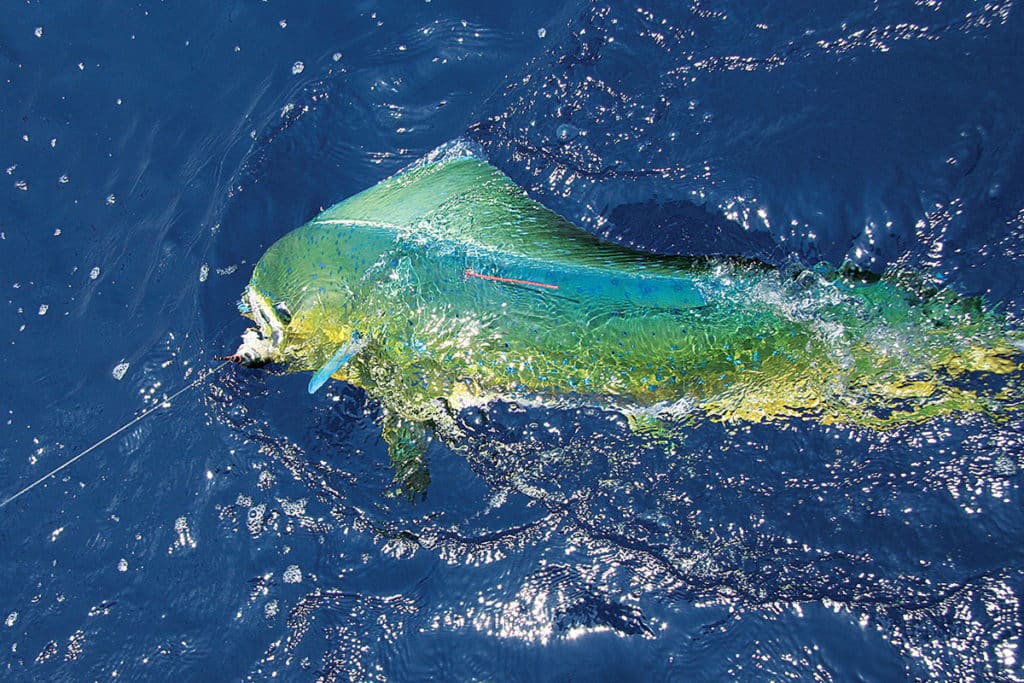
Conventional tags, for the purpose of this article, are passive, nonelectronic tags that are meant to mark individual fish. There are a number of different types of conventional tags available, but all share similar characteristics. Also known as spaghetti tags, they are long and thin, and anchored into the muscle of a fish’s body. Each tag has a unique identifying number and contact information for the tagging program. Conventional tags are passive in the sense that they submit no information on their own. Instead, they require that a fish be caught by an angler or scientist, who tags the fish, records pertinent information (length, weight, location) and then releases the fish back to the wild in the hopes that someone else will catch it and report the tag.
The advantages of conventional tags are several. They are relatively inexpensive to produce, are not reliant on electronics and can be easily deployed by scientists and anglers alike. However, their cost-effectiveness and ease of application come with a few downsides.
First and foremost, conventional tags are fisheries-dependent in the sense that a tagged fish has to be captured again for any data to be collected. That means many tags must be deployed to yield an appreciable amount of information. For example, a study investigating cooperative conventional billfish-tagging projects reported an average of less than 3 percent of tagged billfish recaptured and reported.
The amount of data yielded from conventional tags is also somewhat limited. Distance traveled can be inferred only as linear distance from point of capture to point of recapture. (The tags offer no sense of where a fish might have actually wandered between starting point and end point.)
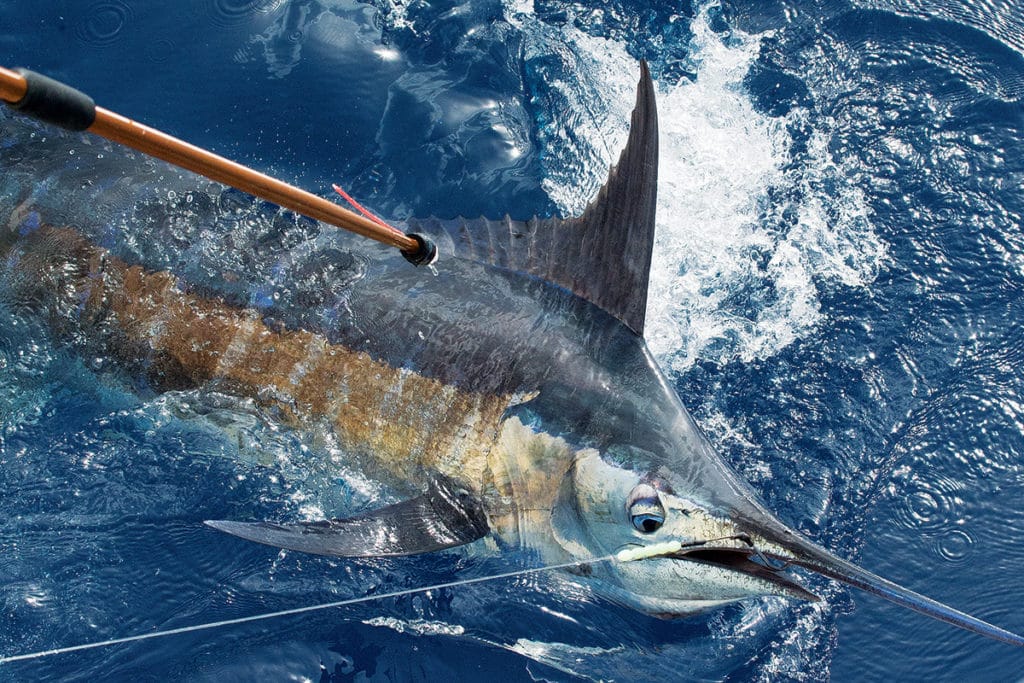
Still, conventional tags have been the methodological workhorses of scientists for decades. They have revealed a wealth of information on fish biology and behavior, and are still a valid and useful tool.
Don Hammond, with the Dolphinfish Research Program, has been running a conventional tagging program since 2002. Dolphinfish (mahi or dorado) are among the world’s most ubiquitous pelagic fishes and are revered by anglers wherever they are found. Hammond reports that some 2,000 anglers fishing on 800 different boats have tagged more than 20,000 dolphin during the nearly 14 years of his project. Of those tagged, 500 (2.5 percent) have been reported by recreational or commercial anglers.
Hammond’s recapture rate is par for the course for pelagic species, but it’s been enough to provide some amazing results. Individual dolphin have swum as far as 152 miles in a 24-hour period, and a fish caught in the Florida Keys swam as far north as Montauk, New York, in less than two months.
As far as superlatives go, the longest time that one of Hammond’s tagged dolphin has been at liberty is 1,470 days, which is pretty damn long for a fish that was thought to have an average life span of well under two years and an estimated maximum of less than four. Hammond has also recorded fish that were caught and recaptured in less than five minutes, which provides good evidence that proper catch-and-release can have minimal effects on fish health.
All this work is going to good use. Scientists and managers at Duke, Texas A&M University, the University of Texas, the University of Puerto Rico and the South Atlantic Fishery Management Council are utilizing the data.
Archival Tags
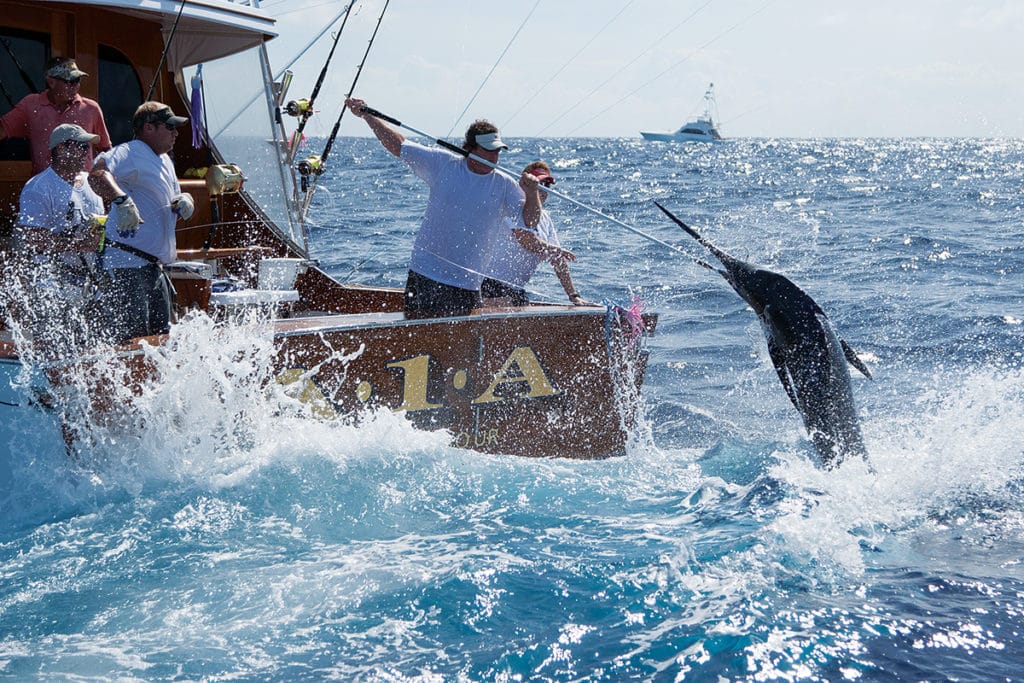
In the past three decades, tags have also entered the electronic age. Archival tags are electronic tags that do pretty much what their name implies. They are sophisticated mini computers that have the ability to collect and store a variety of information at specified time intervals. Data such as location, depth and temperature are collected and stored in tags that are either externally fixed or surgically implanted into fish. Archival tags are a step up from conventional tags in that they have the ability to collect much more information than conventional tags. Movement estimates between point of capture and point of recapture allow for the construction of migration routes from sophisticated geolocation algorithms. In addition, diving behaviors and preferred water temperatures can be obtained with the use of archival tags.
Barbara Block, professor of marine sciences at Stanford University, pioneered work that surgically implanted archival tags in bluefin tuna with the Tag-a-Giant program, launched in 1996. Block’s team developed methodology so bluefin tuna safely caught by recreational anglers were brought aboard boats for tag placement. Her team surgically implants tags within the abdominal cavity of bluefin. The tags collect data every two minutes for up to several years to gain insight on these animals’ large- and fine-scale movements, as well as their physiology.
Archival tags are a step up from conventional tags in that they have the ability to collect much more information than conventional tags.
Block has recorded data on individual tuna for almost four and a half years. To date, her team has deployed more than 1,400 archival tags in Atlantic and Pacific bluefin tuna, and the data from these tags have profound implications for management. Archival tag data demonstrate that bluefin have the ability to maintain core temperatures at 70 degrees, even in colder ambient water temperatures. Because archival tags are fisheries-dependent, they have also provided estimates of fishing mortality in bluefin. Specifically, a 70 percent recapture rate of tagged Pacific bluefin tuna indicates very high fishing mortality, as did tag recaptures of mature Atlantic bluefin in the Gulf of Mexico. In the latter case, this information was recently used by fishery managers to develop a specific schedule for the pelagic longline fishery in the Gulf of Mexico to protect bluefin spawning. Block’s research with these tags has also helped to estimate mixing rates between eastern and western stocks of Atlantic bluefin, which continues to be an important component of assessment and management.
Satellite Archival Tags
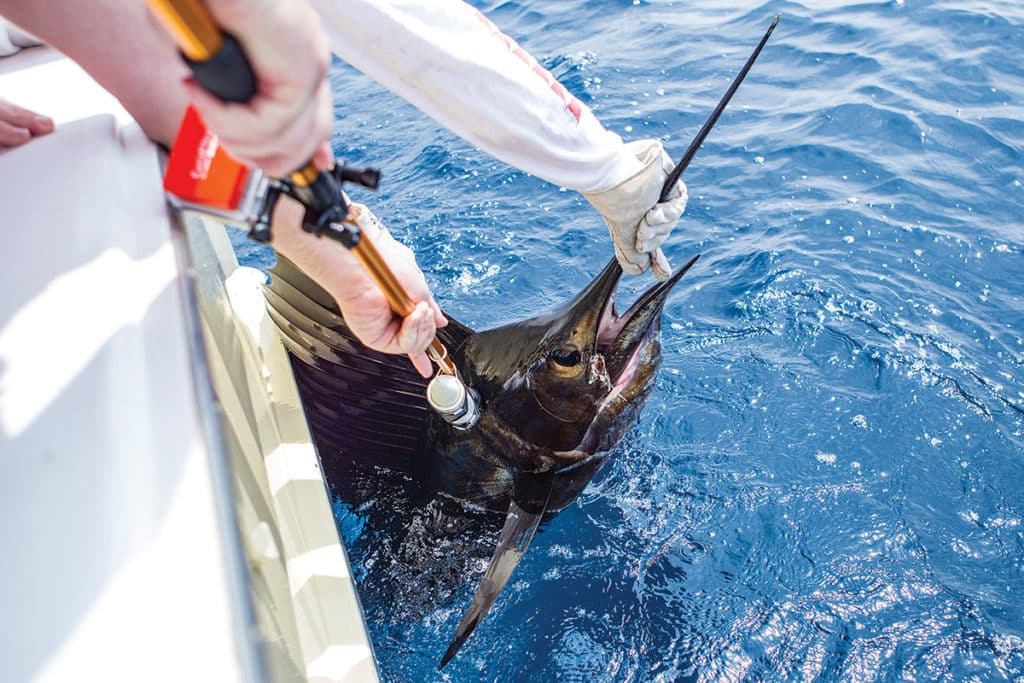
Archival tags have definitely increased the amount of information that scientists can glean from individual tagged fish. However, their biggest downside is that a tagged fish must still be caught and the tag returned for any data to be yielded. Enter the pop-up archival satellite tag, or PSAT. PSATs collect much of the same information that archival tags do, but are not dependent on fish being recaptured and the tag returned. Instead they are externally deployed on fish, using an anchor and tether, and ride along with the fish while collecting depth, temperature and location information. At a predetermined date after the tag is deployed, the tag decouples from the tether and floats to the surface, where it transmits data over the course of several days or several weeks to orbiting satellites. This is truly great “fire-and-forget” technology, but the PSAT’s fundamental drawback is its cost, which can be upward of $4,000 per tag. As such, it can often be difficult for scientists to deploy large numbers of tags.
PSATs have proved to be ideal research tools for large pelagic fishes, such as billfish. Since 2011, the International Game Fish Association and Stanford University have been deploying tags on billfish around the world as part of the IGFA Great Marlin Race. Working with billfish tournaments, recreational anglers sponsor individual tags and deploy them on billfish that are caught and released during tournaments.
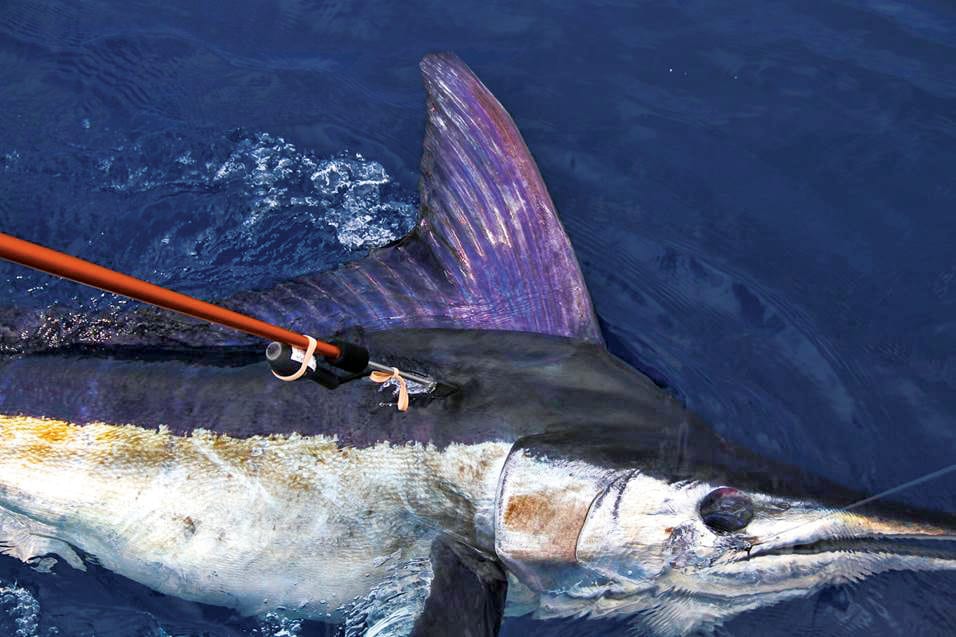
In just under five years, the IGMR has deployed 253 PSATs on seven species of billfish in 20 different countries, and has also deployed the first PSATs on both Mediterranean and shortbilled spearfish. Over time, the IGMR has increased the programmed tag duration from 120 to 180 to now 240 days. These long-term deployments have recorded some amazing distances traveled by billfish. Last year, a black marlin tagged off Lizard Island, Australia, swam 5,716 miles in 180 days across the Pacific before the tag popped up off the coast of South America. To date, the program has logged nearly 16,000 miles of horizontal movement.
Repeated tagging in specific locations has provided a rich data set that allows IGMR researchers to not only document where and how far these fish travel, but also how oceanographic conditions affect vertical and horizontal movements. For example, blue marlin tag data from Hawaii have indicated that low sea-surface temperatures, coupled with low dissolved oxygen near the equator in the eastern Pacific (associated with La Niña events), may effectively act as a barrier preventing blue marlin from making transequatorial migrations.
SPOT Tags
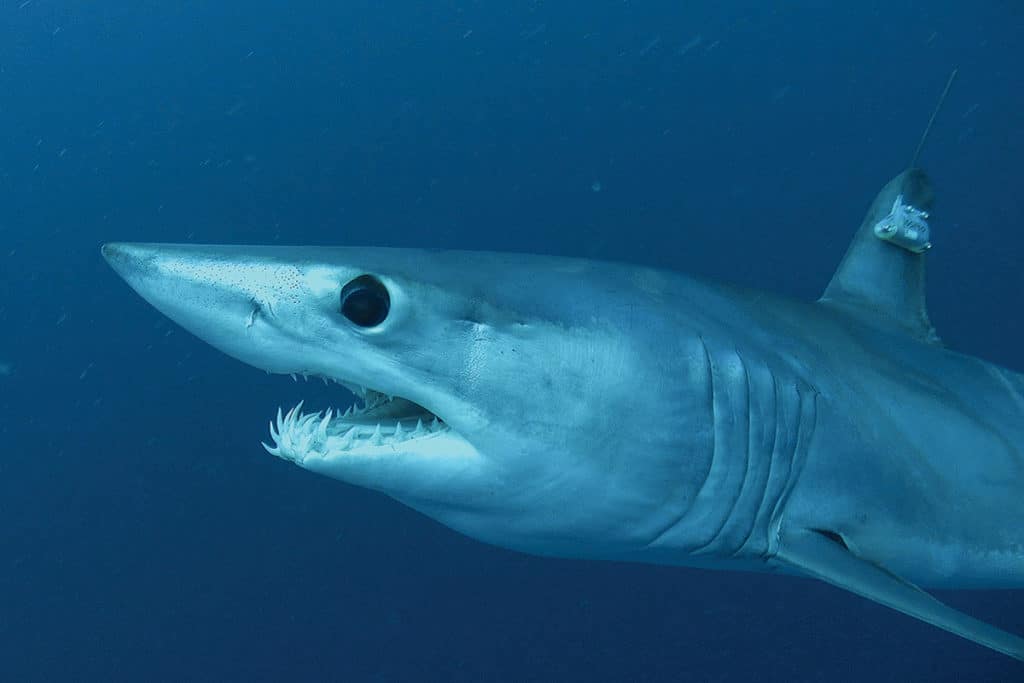
There is a common misconception that PSATs provide real-time tracking of fish. This is not the case, however, because no information is transmitted to researchers until the tag pops off and floats to the surface, as PSATs cannot transmit data underwater. However, for animals that spend time above the water’s surface, there’s yet another option in the electronic-tag toolbox.
The Guy Harvey Research Institute has been utilizing smart position or temperature transmitting (SPOT) tags to collect data on imperiled shark species across the globe since 2008. SPOT tags have the ability to burst-transmit location data whenever they break the water’s surface, so they are able to provide real-time tracking nearly every time a tagged shark’s fin breaks the surface. SPOTs not only provide frequent position updates, but also superior location accuracy compared with that of PSATs. PSATs rely on sophisticated light-based and/or geomagnetic algorithms to estimate daily location fixes. Daily estimates of longitude from PSATs are fairly robust, but estimates of latitude may have errors of several degrees (each degree of latitude is roughly 69 miles). SPOTs, on the other hand, are able to get much more accurate location fixes, to within 380 yards of the fish’s true location.
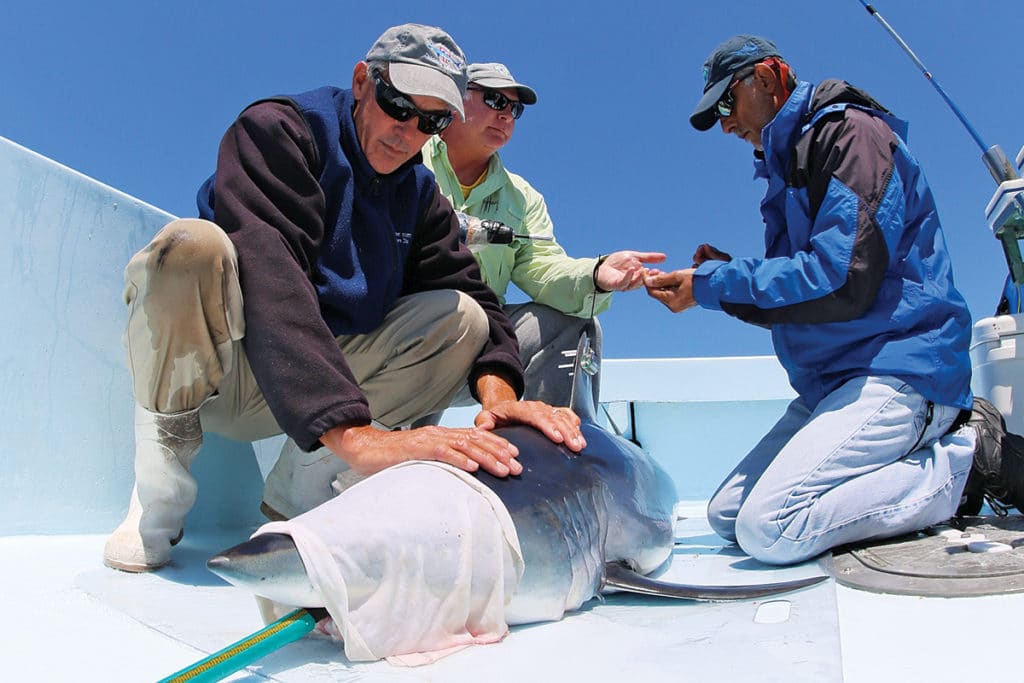
GHRI scientists catch sharks with recreational gear, by either trolling or chumming. Sharks are secured next to the boat or brought on board for tag application. Four nylon bolts secure the SPOT tag to the dorsal fin; water is pumped into the shark’s mouth and over the gills during the entire process, which takes only seven to 10 minutes. GHRI has ongoing projects studying the migration patterns of mako sharks in Isla Mujeres, Mexico, and Ocean City, Maryland; tiger sharks in the Bahamas and Grand Cayman; and oceanic whitetip sharks in the Cayman Islands. To date, the program has tagged 92 tiger sharks, 59 mako sharks and 24 oceanic whitetip sharks.
GHRI scientists report that one of their biggest challenges is the number of tagged sharks being harvested, especially mako sharks, by the commercial fishing industry. To date, more than 25 percent of their tagged mako sharks have been killed in the northwestern Atlantic, primarily by commercial longline fishermen. Their work has also documented distinct migration patterns for tiger sharks between Bermuda and the Bahamas, which ultimately helped the government of the Bahamas to enact regulations to protect sharks in its territorial waters.
The Future of Fish Tagging
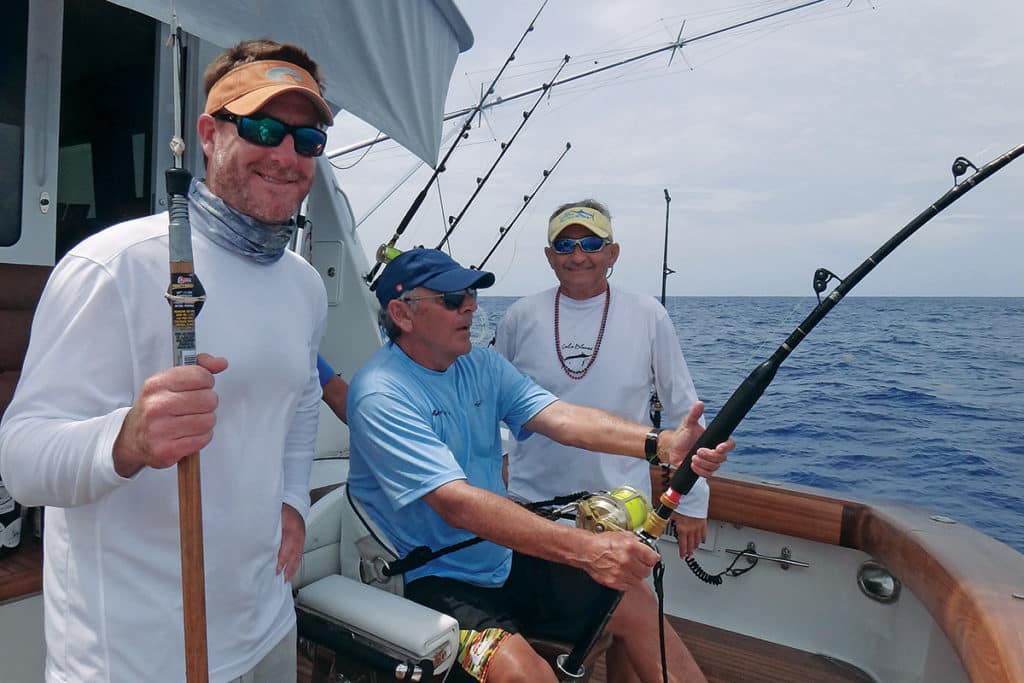
The science of tagging clearly has a rich history and continues to evolve as it moves into the future. Conventional tags will continue to be utilized for a vast number of species because of their cost-effectiveness and ease of application. Electronic tags, whether archival, PSAT or SPOT, are being manufactured in smaller and smaller sizes. As a result, this technology is becoming available for species of fish that were previously considered too small to carry the larger tags of the day. Enhanced battery life allows the collection of more data over longer periods of time, and anchor and tether systems help prevent premature tag shedding, particularly in the case of PSATs.
Electronic tags of the future will undoubtedly carry more functionality. Additional features such as accelerometers are already being incorporated by at least one PSAT manufacturer, and your guess is as good as mine as to what we might see a decade from now.
About the Author: Jason Schratwieser is conservation director for the International Game Fish Association and has been working in the field of fisheries management and conservation for the past 16 years. Jason enjoys virtually all types of fishing, especially shallow-water sight‑fishing with fly and light tackle.
One Heck of a Tagging Story
